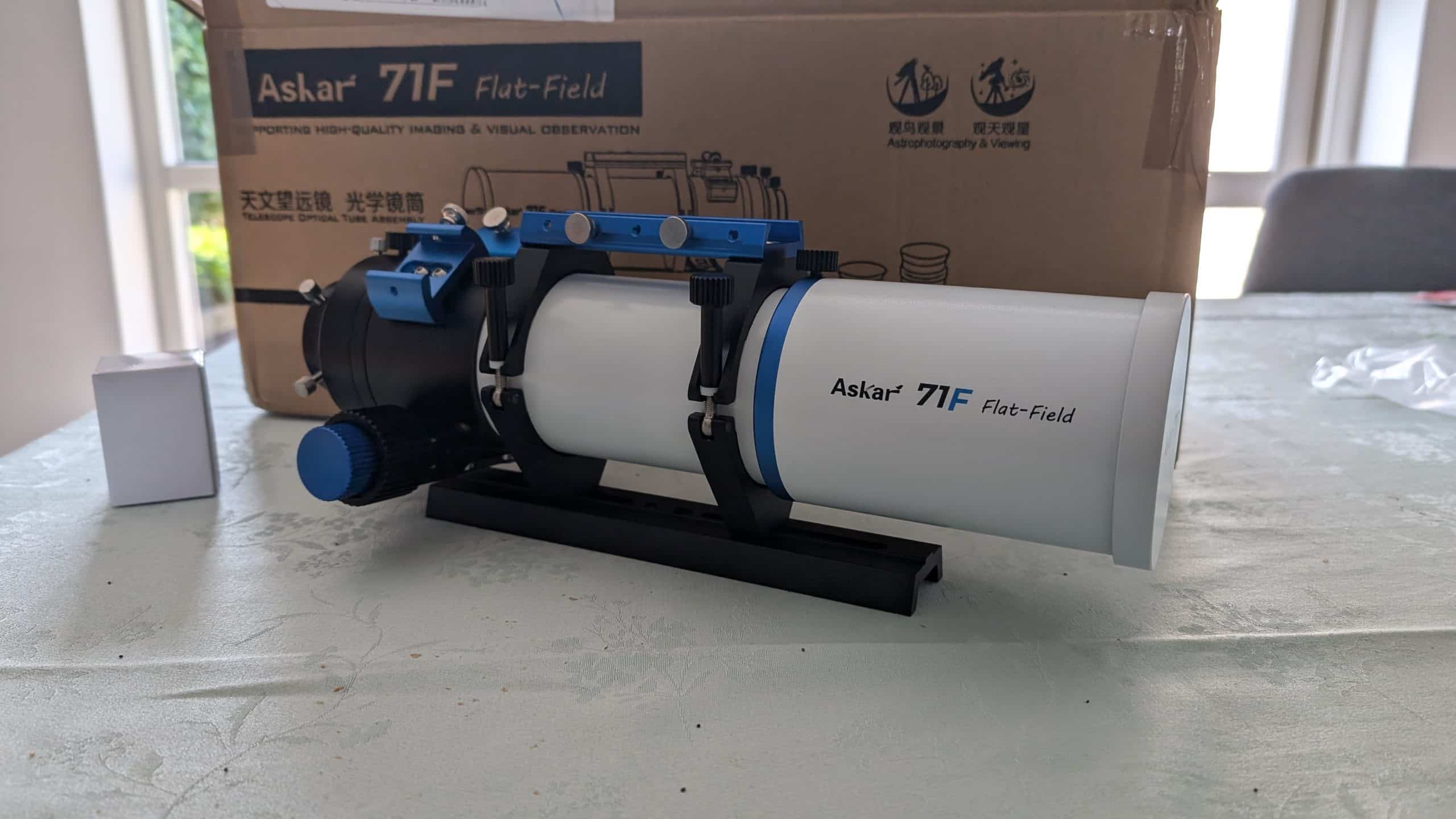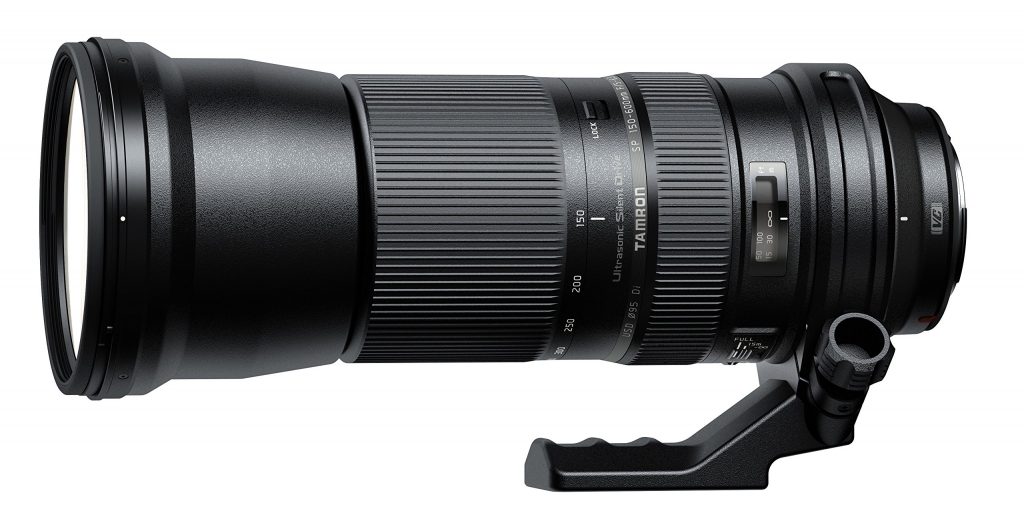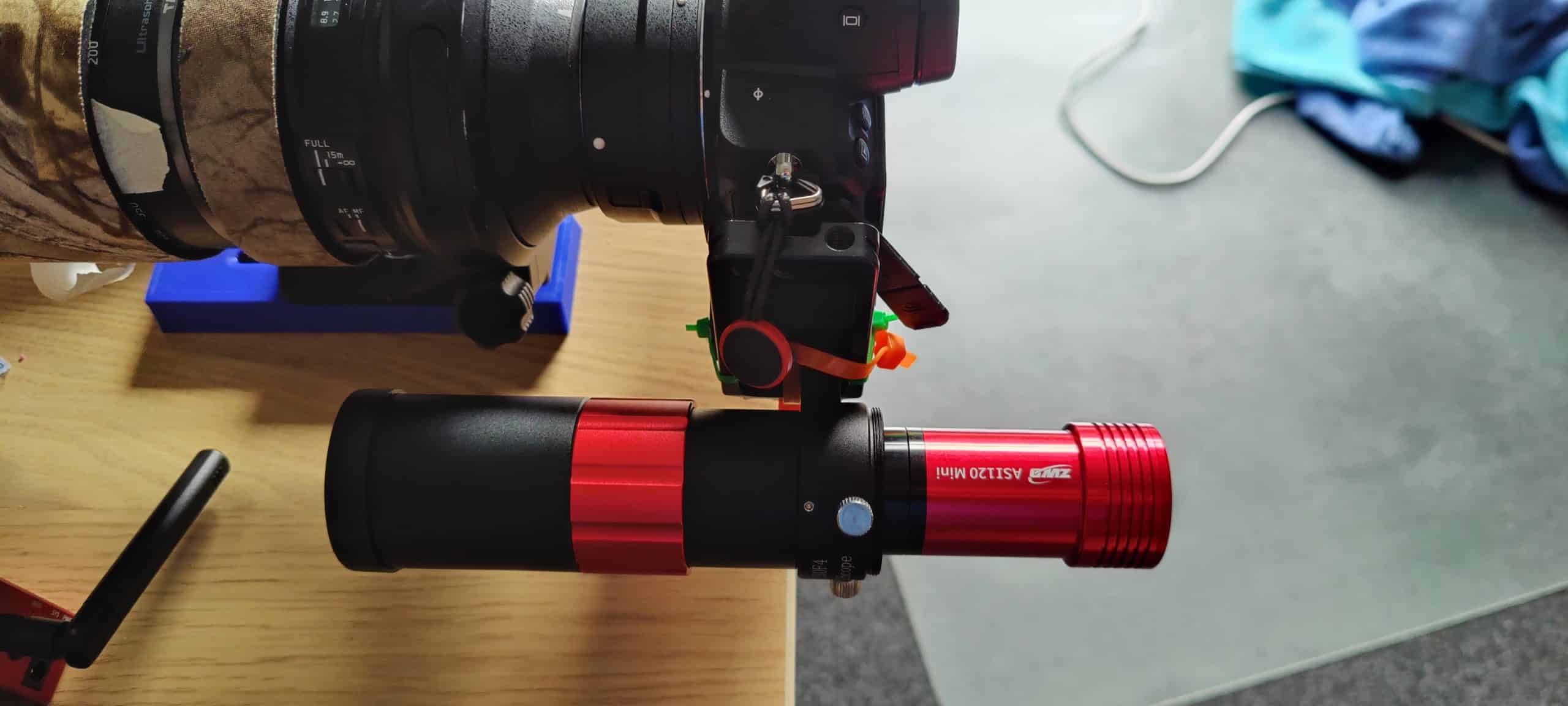The optics of astrophotography
Having quality optics will assist in making great astrophotos. At the moment I have an old 1985 Meade 8” reflector which is excellent optics but is so much pain to setup that I never use it. Instead I use my Tamron 150-600 mm f5.6-6.3 telephoto lens. It is a bit of a pain to get in focus, but with my bathinov mask i manage.
Askar 71F Flat-Field – the telescope of the future
In May I put in an order for the Askar 71F Flat-Field. The telescope comes with a white optical tube with beautiful blue accents. The build quality is excellent with a focal length of 490 mm and an aperture of 6.9 it is not the fastest telescope in the world. The telescope is constructed as a Quadruplet which comes with two advantages, firstly the telescope is fully corrected across an image circle of 44 mm which I perfect for my Full-Frame Nikon Z5 camera. Secondly, there is no need to work out backfocus for this telescope, just like Petzval telescopes. The disadvantage of having a quadruplet telescope is the weight with a massive 3 kg weight of the OTA, it is heavy given the size of the telescope. The telescope comes with a very nice 1:10 Rack and Pinion focuser which can adjust to approximately 111 mm, the focuser also comes with a field rotator that is nicely labelled with degrees all the way around.

To see some of the amazing images taken with this telescope by very skilled astrophotographers you might want to head over to AstroBin
Tamron 150-600 mm f/5.6-6.3 G1
For many years I have been photographing nature with a Nikon D3. When paired with the Tamron 15 – 600 mm lens I had a very versatile setup of sensor and optics. This allowed me to shoot wildlife up close and more grand-scale vistas with focal lengths ranging from 150 mm to 600 mm. The main disadvantage of this combination was the weight with a lens like this that has a weight of around 2 kg and paired with the Nikon D3 which has a mass of around 1,2 kg. I found myself carrying a total of 3,2 kg around, which was a hassle when you would also need a tripod, etc.

Hence when my Trusty old Nikon D3 gave up I decided to swap it for the much lighter Nikon Z5 which comes with a mass of only 670 g or about half the mass of the Nikon D3. Hence I found my Tamron optic sitting on a shelf since I did not have an FTZ adaptor to fit it to the Nikon Z5.
You can read a bit more about my first impressions of the Tamron 150 – 600 mm f/5.6 – 6.3 lens with the FTZ, in my unboxing article here.
ZWO 30F4 mini guide scope
For auto-guiding, I use the ZWO 30F4 mini guide scope. This optics has a focal length of 120 mm since it has an aperture of 30 mm at f/4. The main reason I use this scope is that it is relatively cheap to acquire and easy to use when you have found good focus—it is excellent at auto-guiding.

In the picture you can also see my hack when I attached it to my scope.

